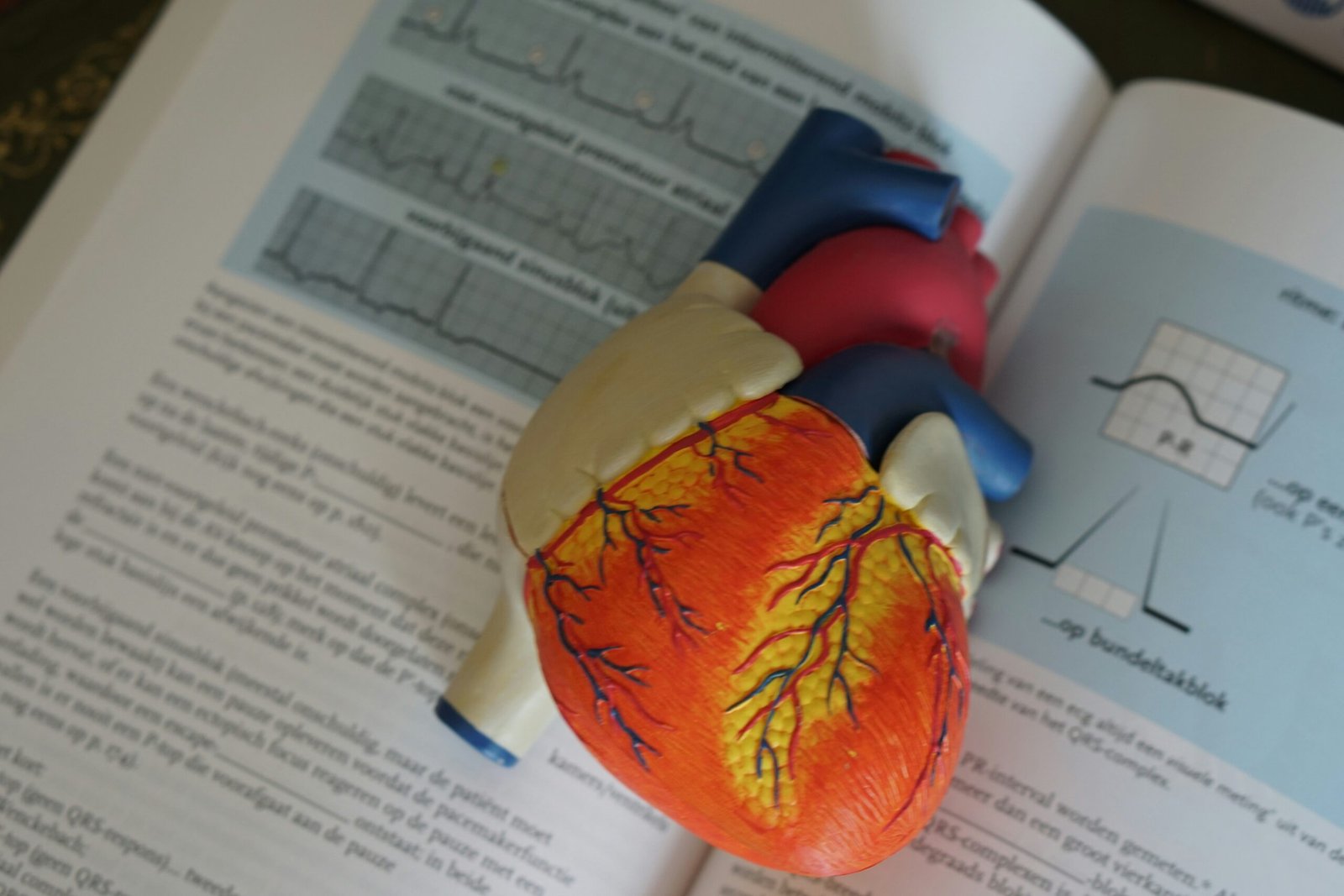The Comprehensive Guide to Stretching: Benefits, Timings, Techniques, Tools, and Types
The Benefits of Stretching
Incorporating stretching into your daily routine offers a multitude of benefits, both physical and mental. One of the primary advantages is improved flexibility. Regular stretching lengthens muscles and tendons, enhancing flexibility and increasing your range of motion. This can be especially beneficial for athletes and individuals engaging in physical activities, as it leads to better performance and reduced risk of injuries.
Enhanced flexibility is closely tied to better posture. Stretching helps alleviate muscle imbalances, which are often responsible for poor posture. For instance, tight chest muscles can cause the shoulders to round forward, while stretching these muscles opens the chest and allows for a more upright stance. Additionally, stretching exercises enhance muscular coordination and balance, reducing the likelihood of falls and improving overall mobility.
Stretching also plays a crucial role in injury prevention. By preparing muscles for physical activity, stretching reduces muscle stiffness and increases blood flow, thereby lowering the risk of strains and sprains. Research published in the “Journal of Strength and Conditioning Research” indicates that a regular stretching routine can decrease the incidence of injuries in both amateur and professional athletes.
Beyond physical benefits, stretching offers significant mental advantages. One of the most notable is stress relief. Stretching stimulates the parasympathetic nervous system, promoting relaxation and a sense of calm. Moreover, it can alleviate tension in muscles that often accumulate stress, such as those in the neck and shoulders. This contributes to an improved mood and overall well-being.
Additionally, engaging in focused stretching exercises enhances body awareness. This practice allows individuals to become more attuned to their physical state, recognizing areas of tightness or discomfort. Increased body awareness can lead to better self-care routines and more mindful movement throughout the day.
In conclusion, the benefits of stretching are both diverse and substantial. Whether you’re aiming to improve your flexibility, achieve better posture, prevent injuries, or enhance mental well-being, incorporating stretching into your daily regimen can yield significant short-term and long-term benefits.
When to Stretch: Timing and Frequency
Determining the optimal times to incorporate stretching into a fitness regimen is paramount to maximizing its benefits. Stretching can be categorized primarily into two periods: pre-exercise and post-exercise. There is ongoing debate concerning the advantages and disadvantages of stretching before workouts, particularly regarding static and dynamic stretching.
Static stretching, which involves holding a stretch for an extended period, has traditionally been advised before workouts to enhance flexibility. However, recent research suggests that static stretching before vigorous exercise may not be as beneficial as once thought. It can reduce muscular strength and performance at the onset of activity. Consequently, many fitness experts now recommend dynamic stretching as a more effective warm-up technique. Dynamic stretching comprises active movements that mimic the exercise or sport to follow, thereby increasing heart rate, blood flow, and muscle temperature without impeding performance.
Conversely, post-workout stretching is universally acclaimed for its role in muscle recovery and relaxation. Engaging in static stretches after exercise helps in lengthening the muscles and reducing the risk of stiffness. It further aids in preventing delayed onset muscle soreness (DOMS) and promotes circulation, allowing for more efficient muscle repair and nutrient delivery.
The frequency of stretching should be tailored to individual needs, considering various factors such as age, fitness level, and physical activity. Generally, it is advisable to stretch at least three times per week. For individuals with higher activity levels or those engaged in specific sports, more frequent stretching sessions may be necessary. As a rule of thumb, stretching each major muscle group for at least 15-30 seconds can maintain flexibility and support overall physical health.
Daily stretching routines can be effectively incorporated into one’s schedule by dedicating a few minutes each day to flexibility exercises. For example, athletes or fitness enthusiasts might include sport-specific stretching protocols to prepare their bodies optimally for performance. Simple morning stretches can also invigorate the body and prepare it for the day ahead.
How to Stretch: Effective Techniques and Practices
Stretching, when performed correctly, can significantly enhance flexibility, prevent injury, and improve overall physical performance. To achieve these benefits, it is essential to follow effective techniques and practices that prioritize safety and efficiency.
Warming Up Muscles
Before engaging in any stretching routine, it is crucial to warm up muscles to increase blood flow and elasticity. This can be achieved through light aerobic activities such as brisk walking, jogging in place, or dynamic movements like arm circles or leg swings. Warming up prepares the muscles and reduces the risk of injury.
Breathing Techniques
Incorporating proper breathing techniques during stretching helps in maximizing benefits and maintaining relaxation. Practice deep, diaphragmatic breathing; inhale deeply through the nose, and exhale slowly through the mouth while holding each stretch. This promotes oxygen flow to the muscles and aids in reducing tension.
Step-by-Step Instructions for Common Stretches
Hamstrings
1. Stand upright with feet hip-width apart.
2. Extend one leg forward, keeping it straight, and place your heel on the ground.
3. Bend the opposite knee slightly and lean forward from the hips, keeping the back straight.
4. Hold the stretch for 20-30 seconds, feeling the pull in the hamstring of the extended leg.
5. Repeat on the other side.
Quadriceps
1. Stand with feet together and hold onto a wall or chair for balance.
2. Bend one knee, bringing your heel towards your glutes.
3. Grasp the ankle with your hand, keeping the knees close together.
4. Hold for 20-30 seconds while keeping the upper body upright.
5. Repeat on the other side.
Back
1. Lie on your back with knees bent and feet flat on the ground.
2. Bring both knees towards the chest, hugging them gently.
3. Hold the stretch for 20-30 seconds, feeling the release in your lower back.
4. Alternatively, perform a cat-cow stretch on hands and knees: arch the back upward, then dip it down slowly.
Shoulders
1. Stand or sit with a straight back.
2. Extend one arm across the chest, using the opposite hand to gently press it closer.
3. Hold for 20-30 seconds, ensuring not to strain the shoulder.
4. Repeat on the other side.
Neck
1. Sit or stand with a straight back.
2. Gently tilt your head to one side, bringing the ear towards the shoulder.
3. Hold for 15-20 seconds, feeling the stretch along the opposite side of the neck.
4. Repeat on the other side and consider incorporating gentle neck rotations.
Proper form is fundamental to avoid injuries. Each stretch should be held steadily without bouncing, and stretching should never cause pain. Gradually increase the duration and intensity of stretches as flexibility improves. For beginners or individuals with physical limitations, modifications such as using a towel to extend reach or performing seated versions of stretches can be helpful.
By adhering to these effective stretching techniques and practices, individuals can safely enhance their flexibility, reduce the risk of injuries, and optimize overall physical well-being.
Tools and Types of Stretching
A variety of tools can significantly enhance the effectiveness of stretching routines, addressing different muscle groups and increasing flexibility. Common tools include foam rollers, stretching straps, yoga blocks, and balance balls, each serving specific purposes to maximize the benefits of stretching practices.
Foam Rollers: Foam rollers are excellent for myofascial release, helping to relax tight muscles and improve blood flow. By applying pressure to specific body parts using a foam roller, individuals can alleviate muscle soreness and enhance flexibility, making their muscles more pliable for subsequent static stretching or dynamic movements.
Stretching Straps: Stretching straps, or resistance bands, enable users to deepen stretches by providing added leverage. They are particularly useful for stretching areas such as the hamstrings, calves, and shoulders, where achieving a full range of motion might be challenging. These straps aid in safely stretching without overextension, reducing the risk of injury.
Yoga Blocks: Yoga blocks serve as support tools to help individuals maintain proper alignment during stretching exercises. They are especially beneficial in yoga, where maintaining poses can be difficult without adequate support. Blocks help bridge the gap between the user and the floor, allowing for a more effective and comfortable stretch.
Balance Balls: Balance balls, or stability balls, are versatile tools that assist in stretching and improving balance and core strength. Using a balance ball engages multiple muscle groups simultaneously, fostering a comprehensive stretching routine that enhances overall flexibility and stability.
Types of Stretching
Different stretching techniques serve varied purposes, with each type offering unique benefits and suited to specific contexts. The primary stretching methods include static stretching, dynamic stretching, proprioceptive neuromuscular facilitation (PNF), and ballistic stretching.
Static Stretching: Static stretching involves holding a stretch position for a prolonged period, typically around 15-60 seconds. This method is beneficial for improving overall flexibility and is often used post-exercise to reduce muscle stiffness and enhance relaxation. However, it may not be ideal before high-intensity activities as it can temporarily reduce muscle strength.
Dynamic Stretching: Dynamic stretching incorporates active movements that gradually increase in range and speed. This type of stretching effectively warms up the muscles, improving blood circulation and preparing the body for physical activity. It’s especially useful before engaging in sports or workout sessions as it mimics the movements of the activity.
Proprioceptive Neuromuscular Facilitation (PNF): PNF stretching combines passive stretching and isometric contractions to achieve maximum flexibility. It involves a partner who helps stretch the muscle to its limit, followed by a contraction phase where the muscle is pushed against resistance. PNF is highly effective but should be performed with caution to avoid overstretching.
Ballistic Stretching: Ballistic stretching uses rapid, bouncing movements to push a muscle beyond its usual range of motion. While it can increase dynamic flexibility, it carries a higher risk of injury compared to other stretching techniques. It is generally recommended only for individuals with advanced flexibility and strength, under proper supervision and guidance.
Tools to help you stretch/relax your muscles: https://amzn.to/3TfeBZK https://amzn.to/4cVi2fa https://amzn.to/3MFhE9T https://amzn.to/3TdkdE3



